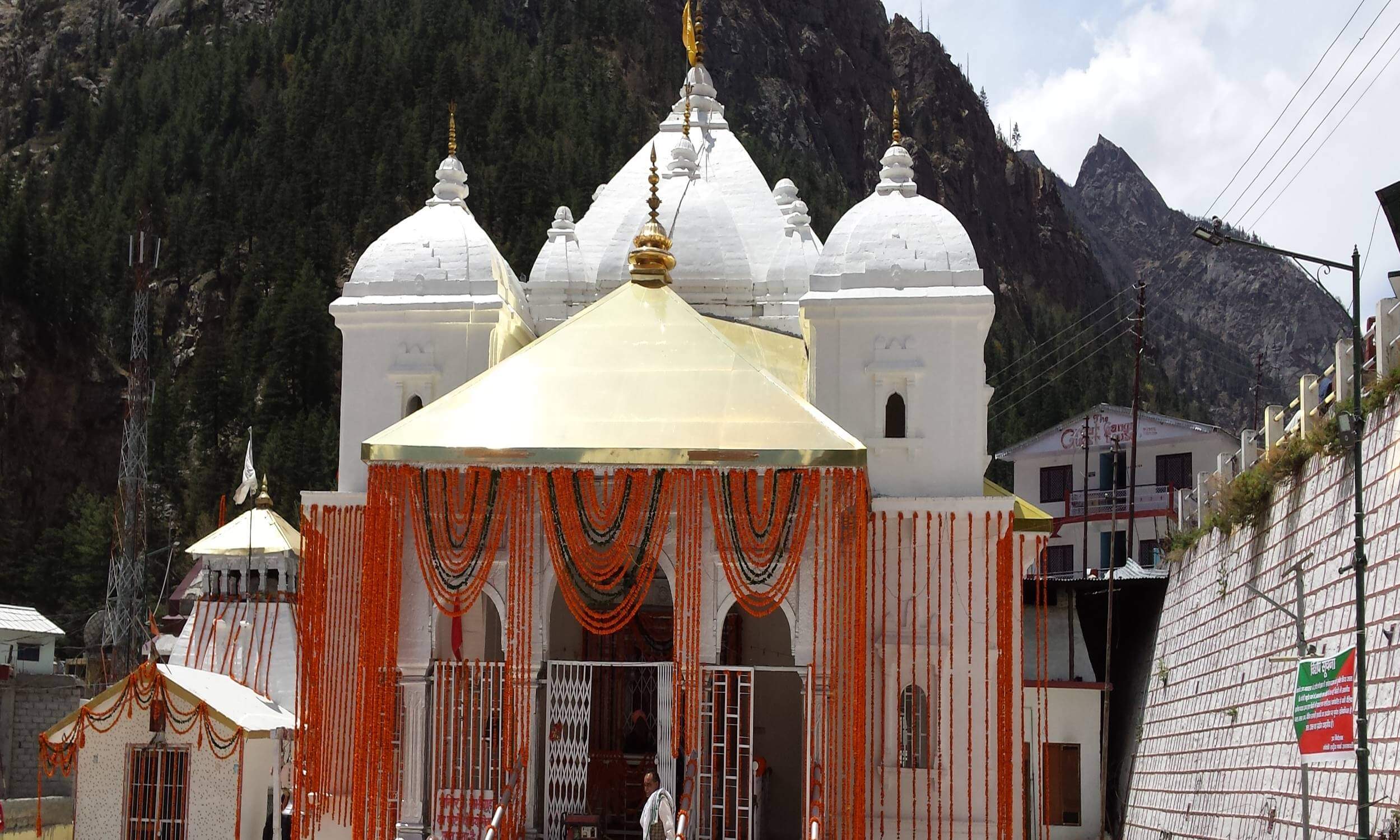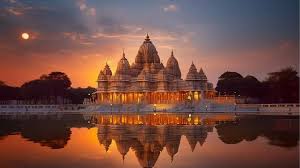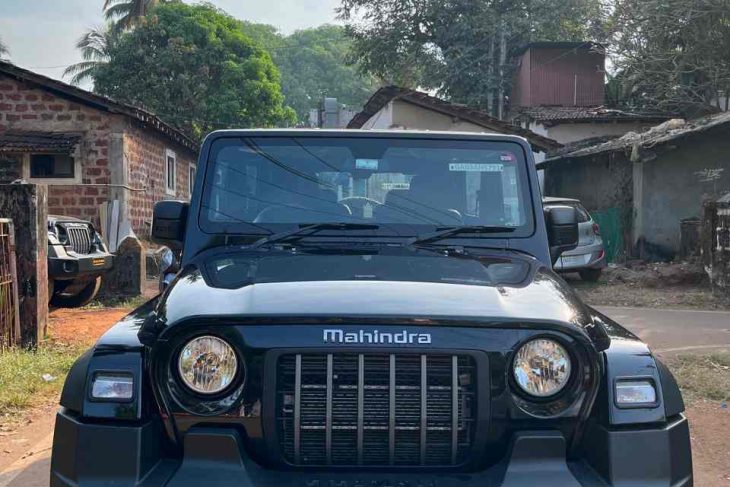
Do Dham Yatra: A Sacred Journey to Kedarnath and Badrinath
The Do Dham Yatra, encompassing visits to Kedarnath and Badrinath, offers a spiritually profound journey for pilgrims seeking blessings from two of the most revered temples in India. This sacred journey is part of the Char Dham Yatra circuit in Uttarakhand, and many pilgrims start their trip from Haridwar, a holy city that serves as the gateway to the Himalayas. Choosing the right travel agents in Haridwar can make this experience smoother and more enriching, as they offer expertise and support throughout the pilgrimage.
Overview of the Do Dham Yatra
The Do Dham Yatra focuses on two main temples:
-
Kedarnath Temple: Dedicated to Lord Shiva, Kedarnath is one of the twelve Jyotirlingas and holds immense religious significance. Nestled in the lap of the Himalayas at an elevation of 3,583 meters, the temple is surrounded by snow-capped peaks and is located close to the Mandakini River. The journey to Kedarnath is both physically demanding and spiritually fulfilling, attracting thousands of devotees annually.
-
Badrinath Temple: Situated at an altitude of 3,300 meters, Badrinath is a temple dedicated to Lord Vishnu. This temple is one of the 108 Divya Desams, sacred shrines for Vaishnavites, and it is known for its serene beauty and divine energy. Located on the banks of the Alaknanda River, Badrinath offers devotees a peaceful atmosphere for prayer and reflection.
Why Start the Do Dham Yatra from Haridwar?
Haridwar, known as the “Gateway to the Gods,” is the starting point for many pilgrims embarking on the Do Dham Yatra. Besides its religious significance, Haridwar is well-connected by road, rail, and air, making it an ideal base for pilgrims. Opting to begin the do dham yatra from haridwar provides ease of travel, and with the help of experienced travel agents in Haridwar, pilgrims can ensure all arrangements are managed efficiently.
Advantages of Choosing Travel Agents in Haridwar for the Do Dham Yatra
-
Expert Guidance: Travel agents in Haridwar specialize in Char Dham and Do Dham tours. They are well-versed in the routes, local culture, and necessary arrangements, ensuring a smooth pilgrimage.
-
Reliable Transportation: Reaching remote areas like Kedarnath and Badrinath requires dependable transport. Travel agents arrange safe and comfortable vehicles, often with options for private cars, shared taxis, or buses, based on group size and preference.
-
Accommodation and Meals: The best travel agents in Haridwar offer pre-booked accommodations in nearby locations, even during peak seasons, ensuring that pilgrims have a place to stay. Many packages also include meal arrangements, which can be a relief in areas with limited food options.
-
Safety Measures: The mountainous terrain and high altitudes of Kedarnath and Badrinath require safety precautions. Trusted travel agents provide necessary assistance, including medical kits, guides, and alternative transport options like helicopter services to Kedarnath for those unable to trek.
-
Flexible Itineraries: Haridwar-based agents offer flexibility, with options for both standard and customized itineraries, allowing pilgrims to adapt the tour according to their needs and time constraints.
Suggested Do Dham Yatra Itinerary from Haridwar
A well-organized itinerary helps pilgrims enjoy a seamless experience. Here’s a sample Do Dham Yatra itinerary:
Day 1: Haridwar to Guptkashi (Kedarnath Base Camp)
- Start the journey from Haridwar, traveling to Guptkashi. Enjoy scenic views along the way and settle in for the night at a hotel in Guptkashi, which serves as the base for the Kedarnath trek.
Day 2: Guptkashi to Kedarnath
- Travel from Guptkashi to Gaurikund, where the trek to Kedarnath begins. Pilgrims who prefer not to trek can opt for ponies, palanquins, or helicopter services (based on availability and booking). Upon reaching Kedarnath, attend the evening aarti, then stay overnight in the vicinity.
Day 3: Kedarnath to Guptkashi
- After morning darshan at Kedarnath Temple, descend back to Gaurikund and return to Guptkashi. Enjoy a restful evening and prepare for the drive to Badrinath the next day.
Day 4: Guptkashi to Badrinath
- Embark on a scenic drive to Badrinath, where pilgrims can explore nearby sites such as the Tapt Kund hot springs before attending the evening aarti at the temple.
Day 5: Badrinath Darshan and Return to Rudraprayag
- After early morning prayers at Badrinath Temple, start the return journey and spend the night in Rudraprayag, another spiritually significant town.
Day 6: Rudraprayag to Haridwar
- Complete the journey back to Haridwar, marking the end of a fulfilling Do Dham Yatra.
Important Highlights of the Do Dham Yatra
-
Temple Darshan and Aartis: The evening and morning aartis at Kedarnath and Badrinath temples are deeply moving experiences, with chants and rituals that fill the air with spirituality and devotion.
-
Scenic Trekking to Kedarnath: The 18-kilometer trek from Gaurikund to Kedarnath is a key part of the journey. Surrounded by the breathtaking Himalayas, the trek is both physically demanding and rewarding.
-
Hot Springs of Tapt Kund (Badrinath): Pilgrims are encouraged to bathe in Tapt Kund, a natural hot spring near Badrinath Temple, before darshan. The waters are said to be spiritually and physically cleansing.
-
Mana Village Exploration: Near Badrinath, Mana Village is known as the last Indian village before the Tibetan border. Pilgrims can explore ancient caves, such as Vyas Gufa and Ganesh Gufa, and witness the local culture.
Tips for a Smooth Do Dham Yatra
-
Book Early with a Travel Agent in Haridwar: Due to the popularity of the Do Dham Yatra, it’s advisable to book your journey well in advance through trusted travel agents in Haridwar to secure accommodations and transport.
-
Pack Wisely: Prepare for varying weather by bringing warm clothes, rain jackets, trekking shoes, and essentials like water bottles, sunscreen, and first-aid supplies.
-
Acclimate and Stay Hydrated: The high altitude can be challenging for some, so make sure to acclimate, stay hydrated, and avoid heavy exertion.
-
Respect Local Customs and Traditions: Follow temple protocols, dress modestly, and be respectful of the spiritual and cultural significance of the locations.














